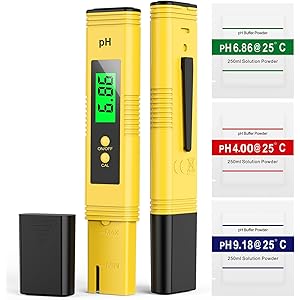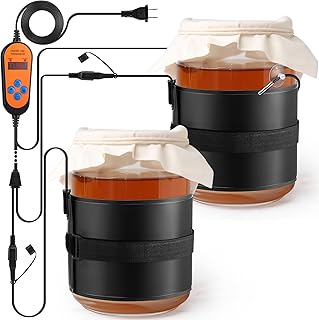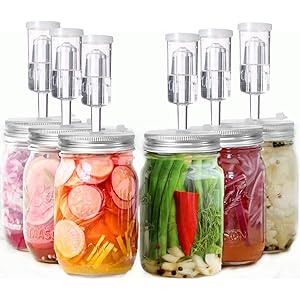Understanding Yeast Varieties
Yeast is a crucial ingredient in baking and brewing, but many people wonder, is there a difference in yeast? The answer is yes; there are several types of yeast, each with unique properties and applications. The most common types include Saccharomyces cerevisiae, used in baking and brewing, and Saccharomyces pastorianus, which is primarily used in lager production. Understanding these differences is essential for achieving the desired results in your culinary or brewing endeavors.
Active Dry Yeast vs. Instant Yeast
One of the most frequently asked questions regarding yeast is, is there a difference in yeast types such as active dry yeast and instant yeast? Active dry yeast requires proofing in warm water before use, while instant yeast can be mixed directly into dry ingredients. This difference can affect the fermentation process and the final texture of your baked goods. Instant yeast is often preferred for its convenience and faster rising times, making it a popular choice among home bakers.
Fresh Yeast and Its Unique Characteristics
Another type of yeast to consider is fresh yeast, also known as cake yeast. Many bakers ask, is there a difference in yeast when comparing fresh yeast to dry varieties? Fresh yeast has a higher moisture content and a shorter shelf life, but it provides a distinct flavor and texture to bread. It is often favored by professional bakers for its ability to create a more robust rise and a unique taste profile in artisanal bread.
Wild Yeast and Fermentation
When exploring the question, is there a difference in yeast, one must also consider wild yeast. Wild yeast occurs naturally in the environment and can be harnessed for fermentation in sourdough bread and craft beers. This type of yeast contributes to complex flavors and aromas, making it a favorite among artisanal bakers and brewers. However, working with wild yeast requires a different approach and understanding of fermentation dynamics.
Yeast Nutrients and Their Importance
In addition to the types of yeast, the question of nutrients arises. Is there a difference in yeast performance based on the nutrients provided? Yes, yeast requires specific nutrients to thrive, including nitrogen, vitamins, and minerals. The availability of these nutrients can significantly impact fermentation speed, flavor development, and overall yeast health. Understanding how to properly nourish your yeast can lead to better results in both baking and brewing.
Get more content like this!
Sign up to receive updates and new terms first hand.
Temperature and Yeast Activity
Another critical factor in the discussion of yeast differences is temperature. Is there a difference in yeast activity based on temperature? Absolutely. Yeast is sensitive to temperature changes, which can either enhance or inhibit its activity. For instance, higher temperatures can accelerate fermentation, while lower temperatures can slow it down. Knowing the optimal temperature range for your specific yeast type is vital for achieving the best results.
Yeast Strains and Flavor Profiles
Different yeast strains can also lead to varying flavor profiles in your final product. Is there a difference in yeast strains when it comes to taste? Yes, certain strains are known for producing fruity or spicy notes, while others may yield a cleaner flavor. This is particularly important in brewing, where the choice of yeast can significantly influence the beer’s aroma and taste. Experimenting with different strains can open up a world of flavor possibilities.
Commercial vs. Home Yeast
The source of your yeast can also play a role in its characteristics. Is there a difference in yeast when comparing commercial and home-cultured varieties? Commercial yeast is often bred for consistency and reliability, while home-cultured yeast can offer unique flavors and characteristics. Many home bakers and brewers enjoy the challenge of cultivating their own yeast, which can lead to distinctive and personalized results.
Storage and Shelf Life of Yeast
Lastly, the storage conditions of yeast can affect its viability. Is there a difference in yeast longevity based on how it is stored? Yes, yeast should be stored in a cool, dry place, and its shelf life can vary depending on the type. Active dry yeast and instant yeast can last for months if stored properly, while fresh yeast has a much shorter shelf life. Understanding how to store yeast correctly is essential for maintaining its potency and effectiveness in your recipes.



